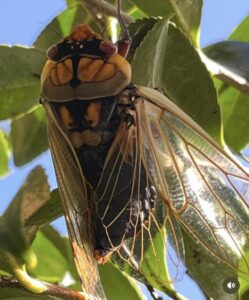
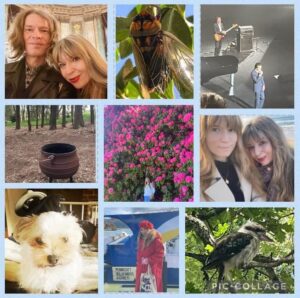


2018 has been a year of transformation. Although it has had its
challenges, it has also been a year of stronger focus for me. One of the really
wonderful happenings is that I have just signed with agent/director Oli Munson
at A.M. Heath literary agency in London.I could not have envisaged a better agency to
represent me, with its prestigious pedigree and the fact it is celebrating its
centenary next year. A.M. Heath has been one of the UK’s top agencies since
1919. Its esteemed catalogue of authors include George Orwell, Shirley Jackson,
Joan Aiken and Noel Streatfeild, along with present-day luminaries such as
Hilary Mantel and Maggie O’Farrell. I feel really honoured to be a part of such
an impressive agency. For years UK friends have asked when my books will
be published there. Hopefully that day will be soon!The leaves are turning to golden autumn colours in the upper mountains in
Australia. Because of the delayed summer heat, the trees have been slower to
turn colour this year and aren’t as stunning in their display. The streets
aren’t as choked with the tourists who arrive annually to photograph the trees.
When I’m watching the sulphur-crested cockatoos cracking their seeds among the
golden russet leaves, London seems another world. It has been roughly a year
since we were in the UK and we all miss it. My daughter can’t wait to grow up
and move either to London or New York!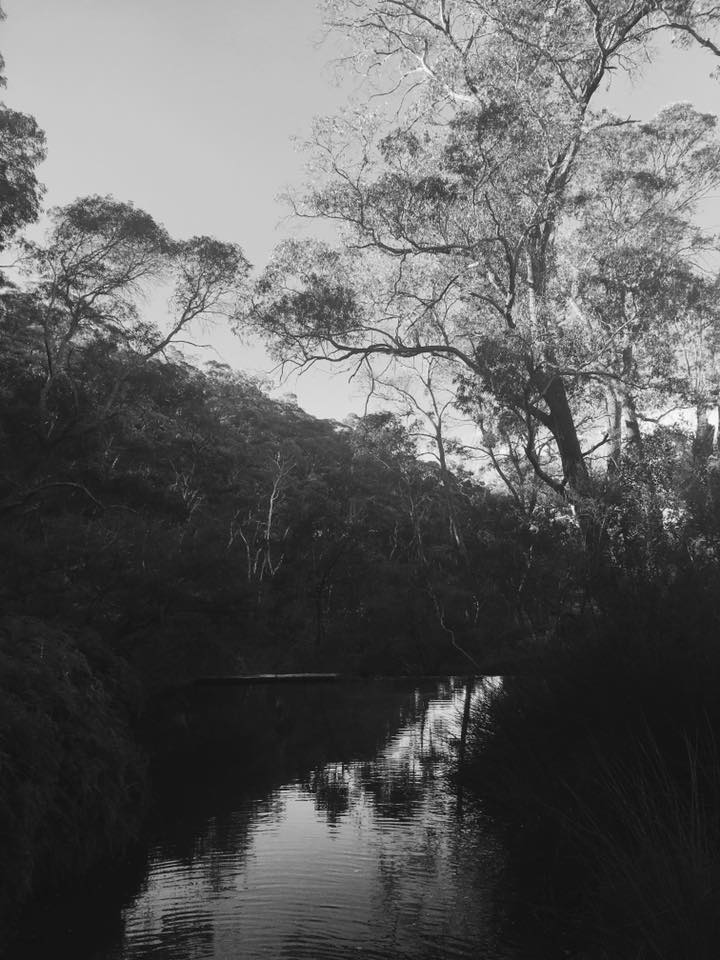 Everything changes. Children grow up. Good news turns to bad and bad to
Everything changes. Children grow up. Good news turns to bad and bad to
good. The merciless summer yields to transitional, mellow autumn. We make new
connections, but lose treasured friends. One thing that stays consistent in my
life is writing. I am roughly half-way through the first draft of my new crime
novel.In other good news my writer partner David
Levell has just completed his latest non-fiction book. It is gripping,
intelligent and with its original research, a fabulous read (totally unbiased
opinion). I’m always in awe of how David can take really dense historical
material and transform it into a page-turning read. It is his gift.Wishing you peace, resilience and dreams come true.
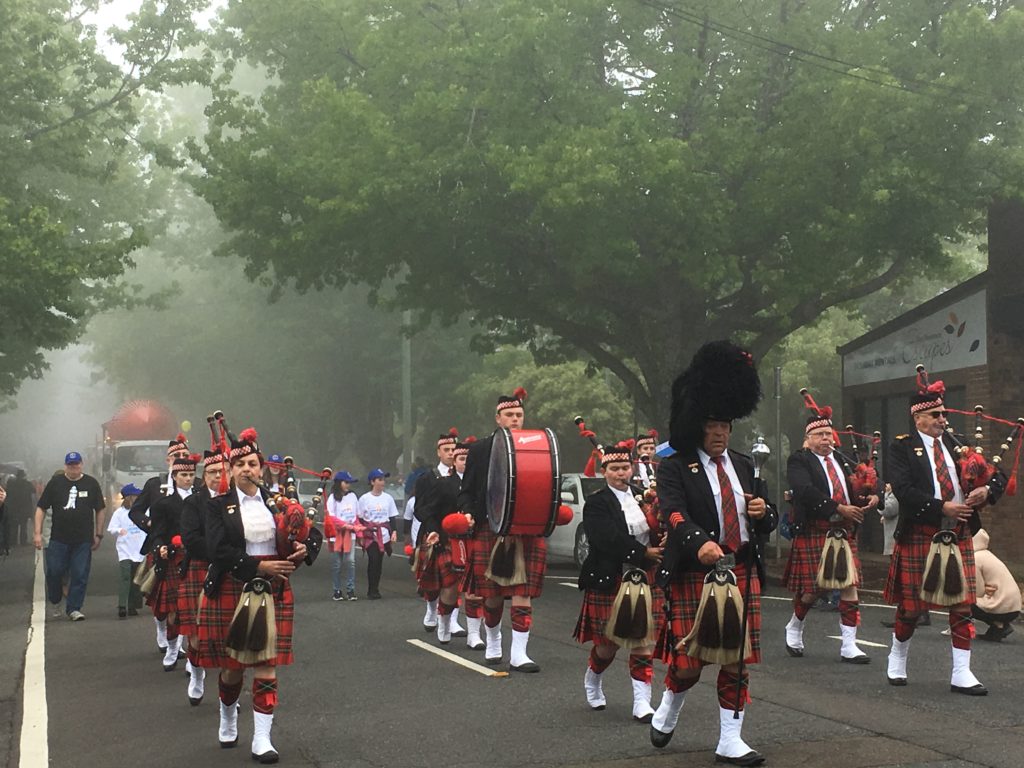
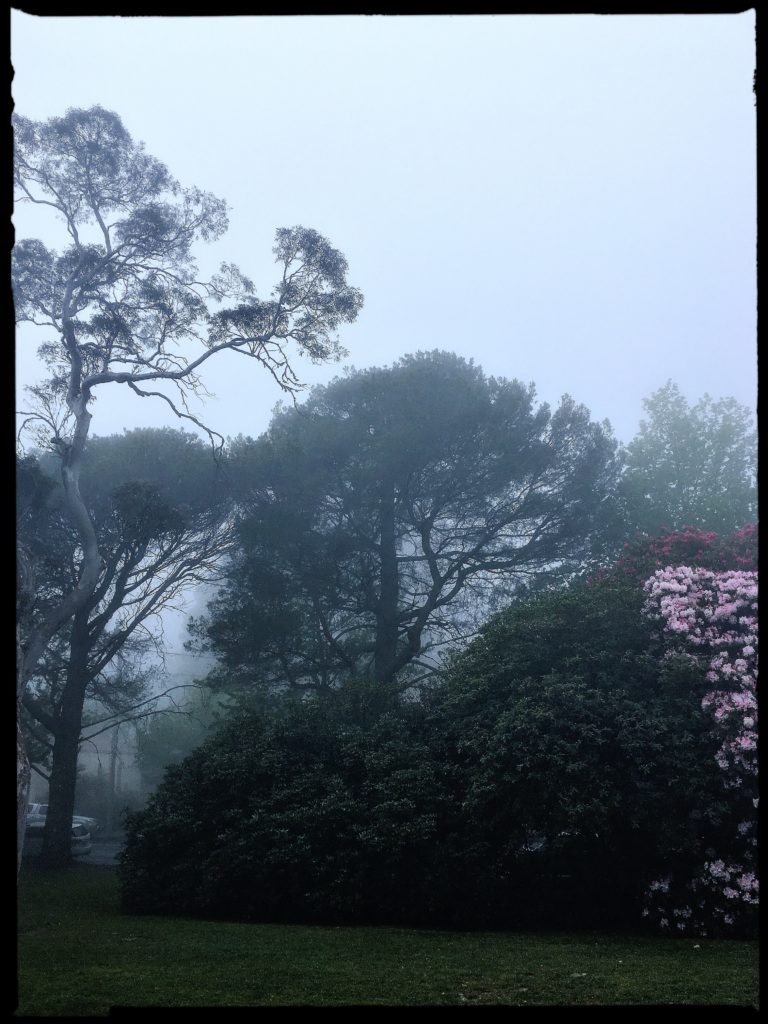
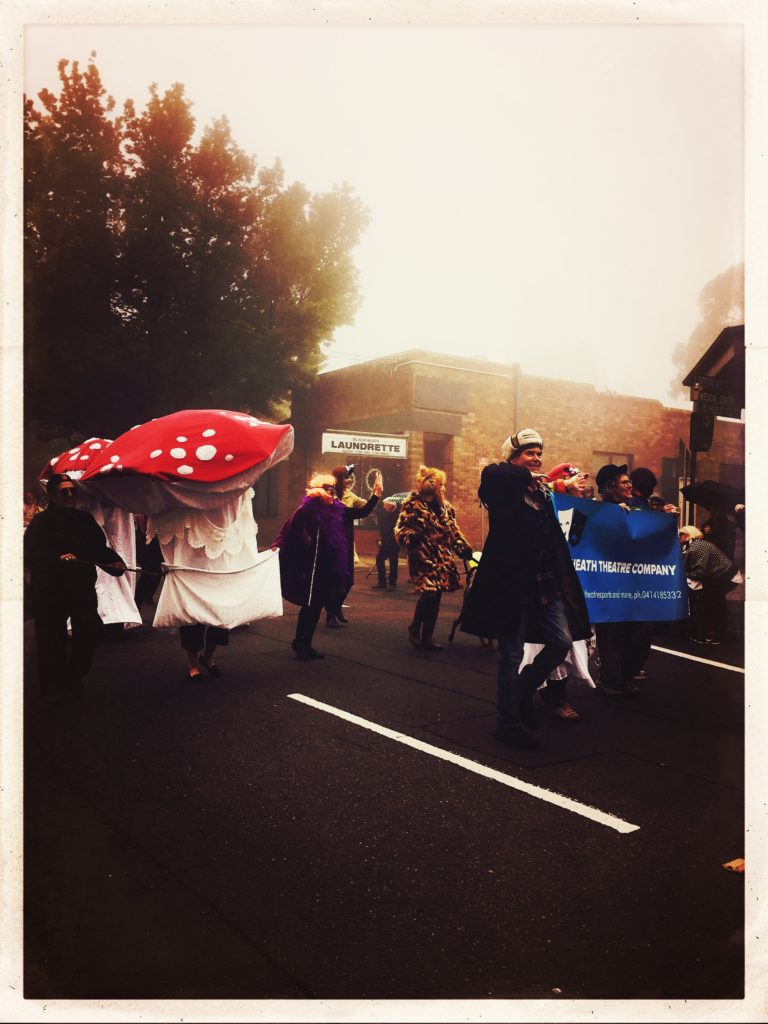
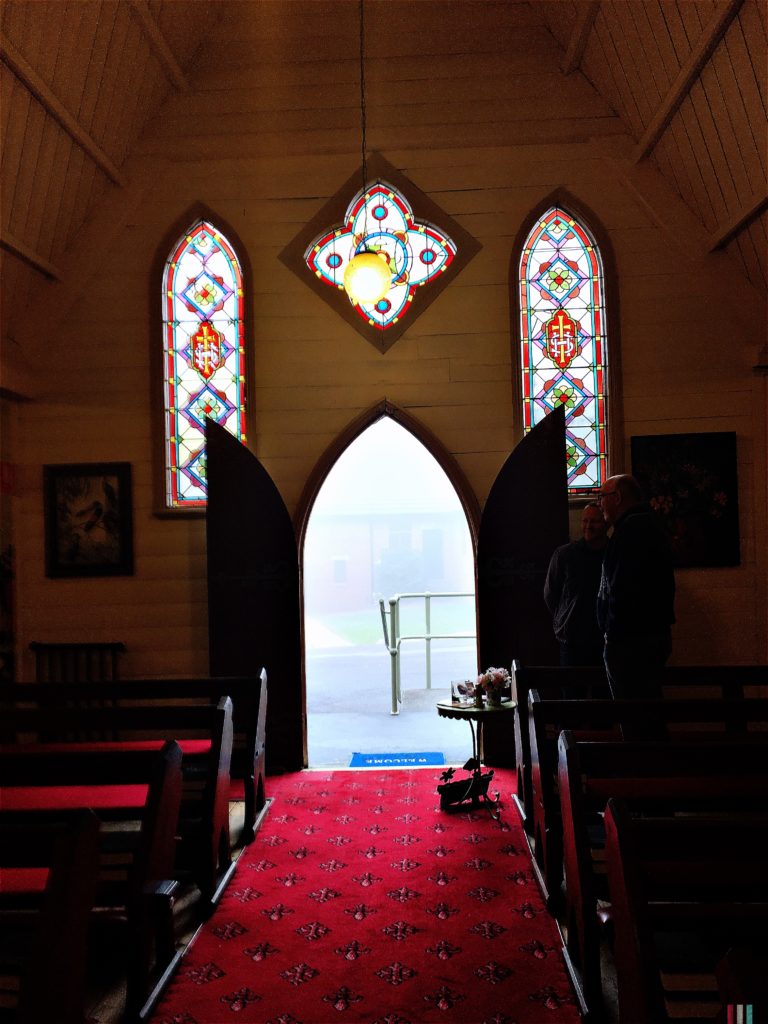
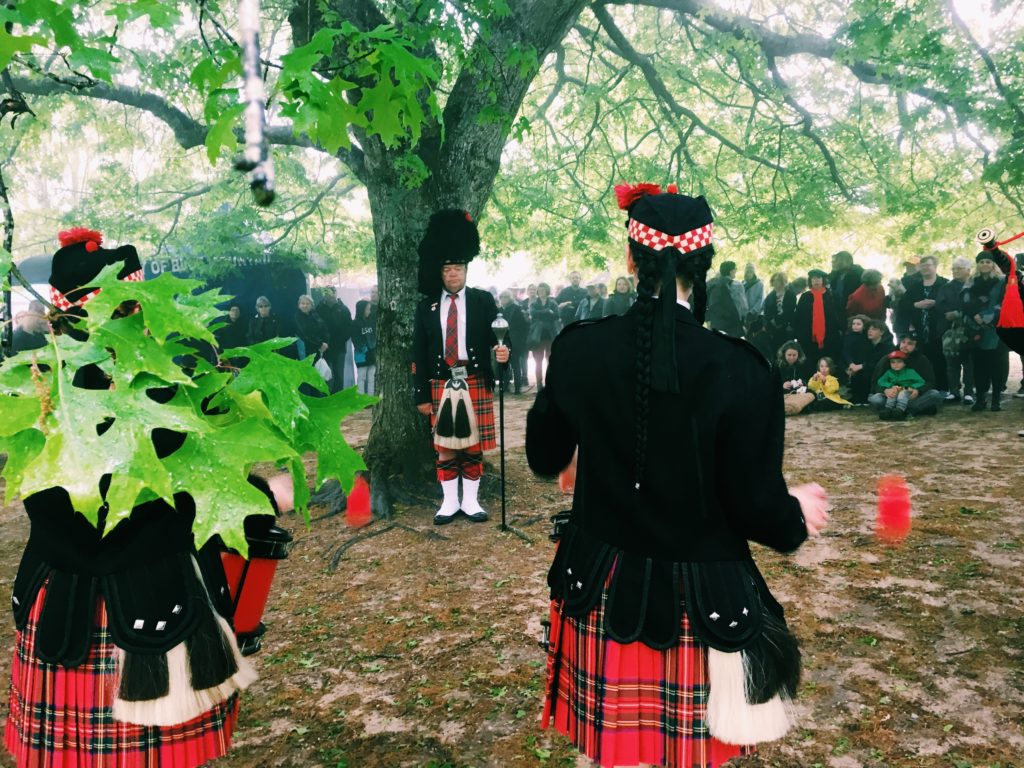
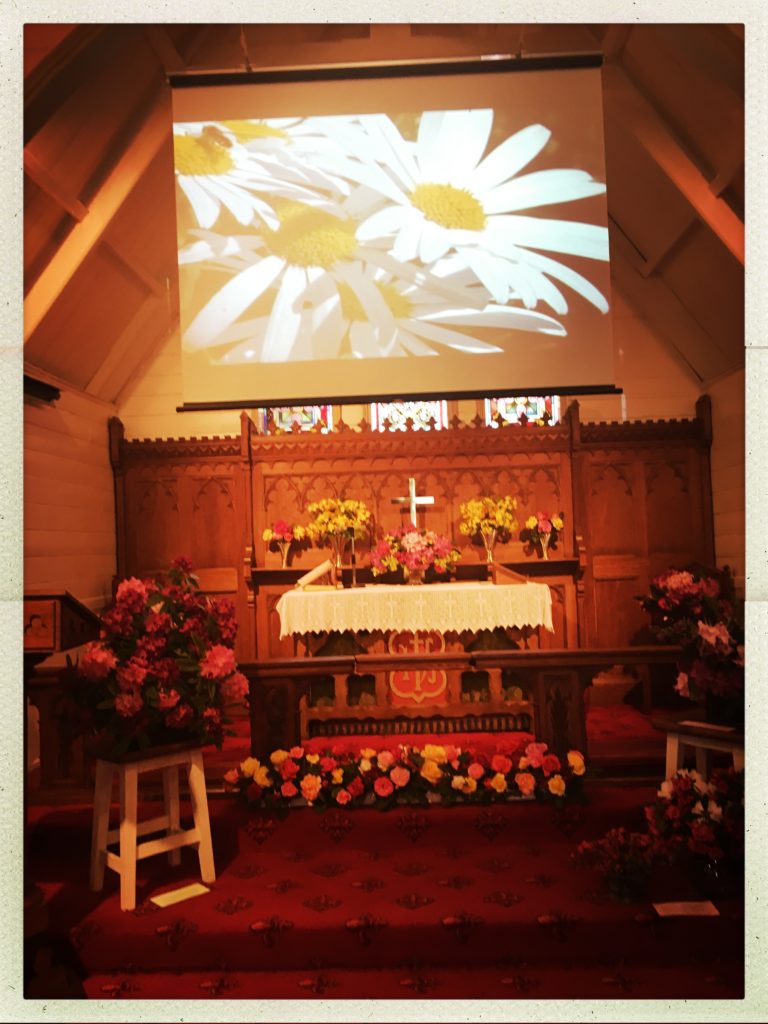
Celebration of the flowers in St Aidan’s Church
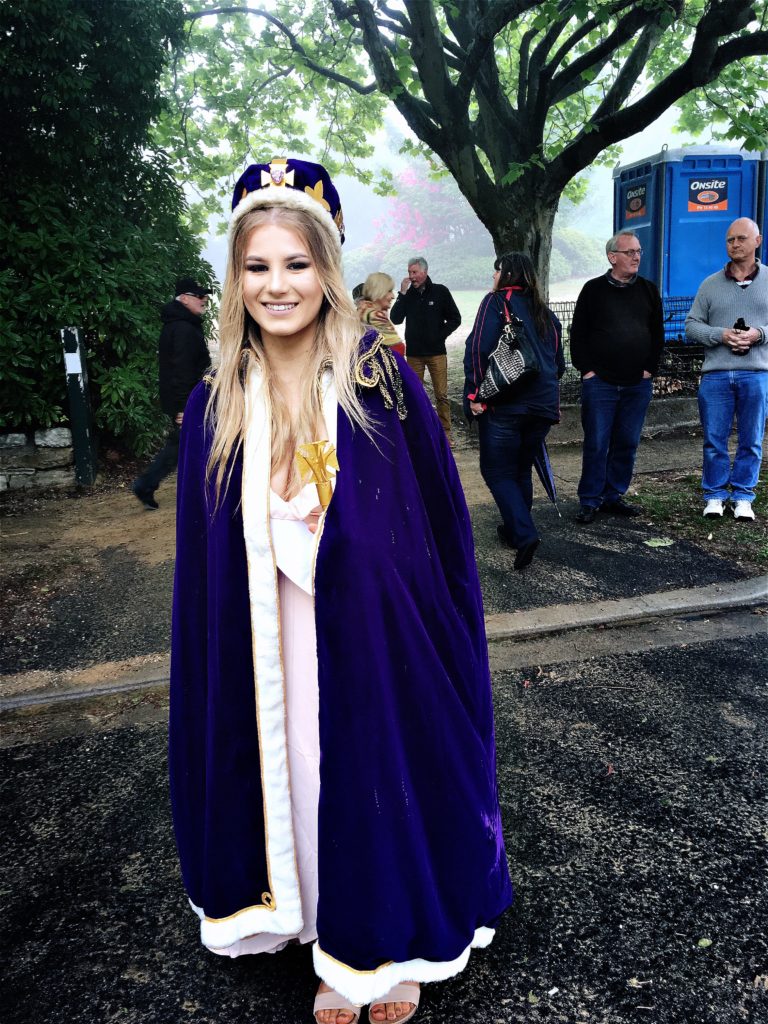
Monique Alison the Rhododendron Princess for 2018
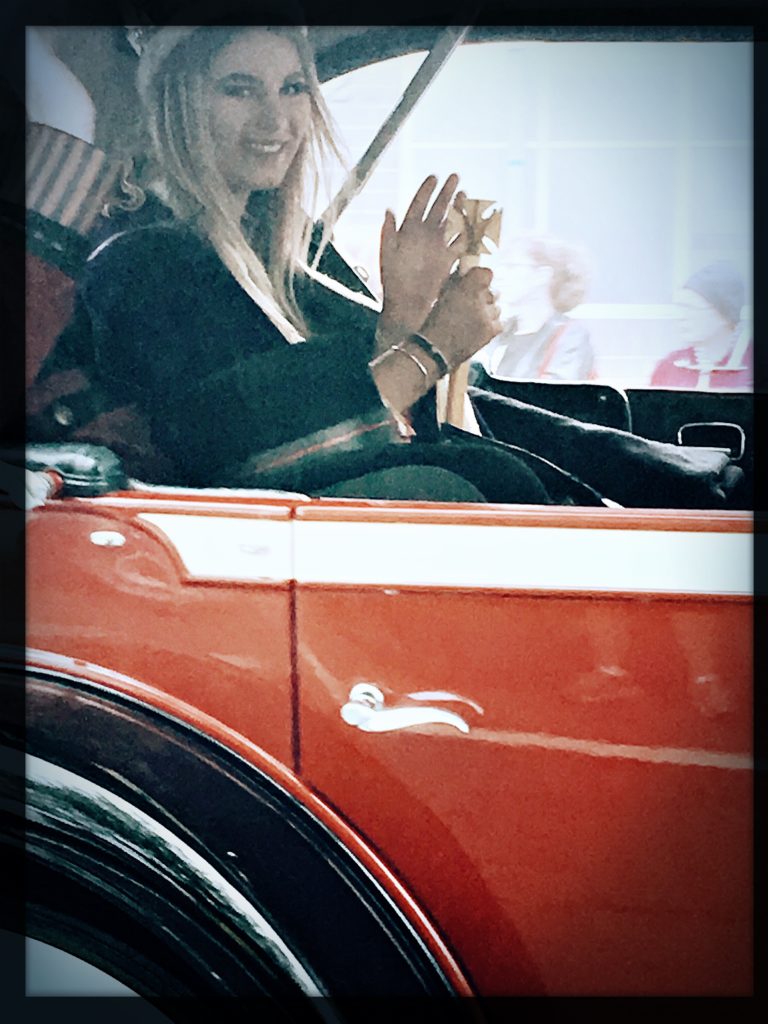
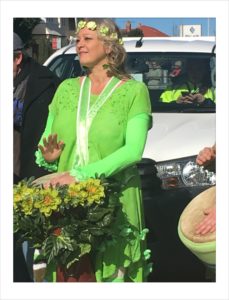
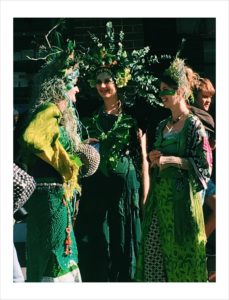
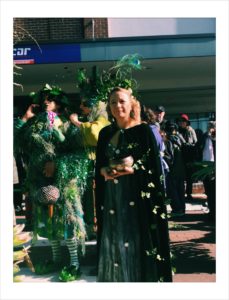
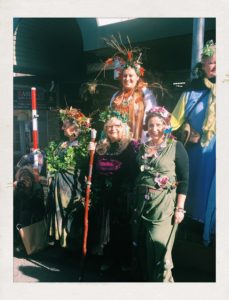
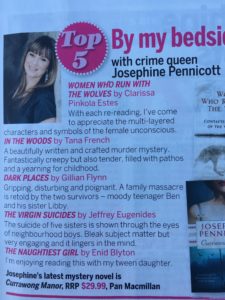
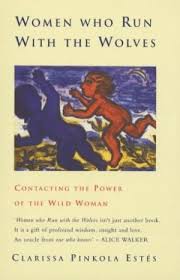
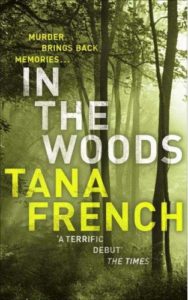
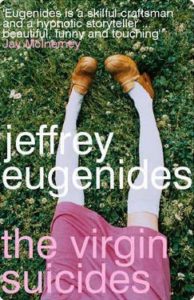
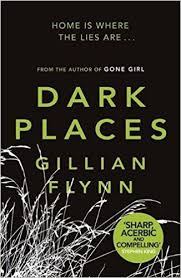
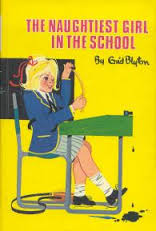
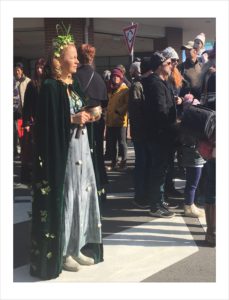
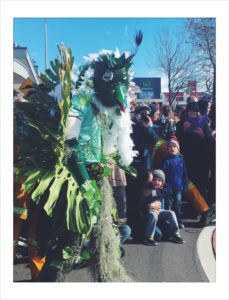
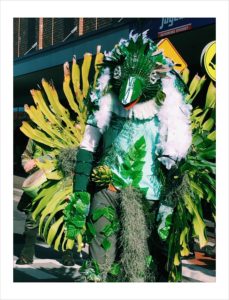
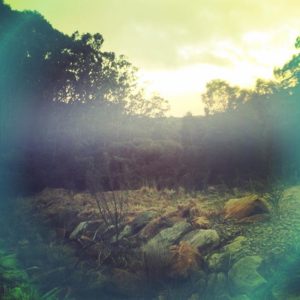
The trees in the village are ablaze with Autumn colours. It’s like you’re in fairyland when the leaves fall around you. I walk everywhere on a scrunchy carpet of leaves.
Carloads of tourists arrive to photograph our streets. I relish feeling the dip in the seasons. We have farewelled daylight savings. The nights draw in faster and the days have a chilly bite.
Our neighbour informs us that there’s a local saying that winter arrives with Anzac Day. It appears to be true. I love Autumn – the transition season but it can also bring a melancholy with the change in light.
I’ve been living a hermit life (as much as possible with an eleven-year-old daughter) to complete my current book. My agent is really enthusiastic about the chapters she’s read. My husband, David thinks it’s the ‘best one yet’ – which is what every writer wants to hear. Technically, it’s been a challenge as I’m working with three time periods (the 1800s, 1920s and 1950). Thank you to readers who have written to me, or commented on my social media, saying how much they are looking forward to this book. The feedback means everything.
I would like to share this photograph I took in Sydney recently on an outing with my daughter to the Museum of Contemporary Art. This beautiful mer-child with the body of a child and the head of an ancient fish is called “To be carried away by the current, to be dissolved in the other.” The artist is Sangetta Sandrasegar.
The work is a comment on our changing relationship to the sea brought about by technology. Also, the disappearance of our marine-life and our move away from mythology and old sea-tales. I love her brooding power as she watches a bustling Sydney harbour and the passing clouds, unnoticed by the crowds below her. You can read more on this piece HERE. I share the artist’s thoughts on our increasing detachment from myths and nature.
I find it essential to my own balance to acknowledge seasons and moon cycles. When friends have commented on my passion for comparative religions and ritual, I think of Joseph Campbell’s quote that if you want to know what a society is like without its rituals – read the New York Times.
Here is a photo of a simple ritual my daughter and I did for the New Moon.
We attended our first Lithgow Ironfest which was a colour and enjoyable day with artisans, jousting, knights, battle re-enactments, steampunks and 1940s army nurses – an enjoyable contrast to the crowds and materialism of the annual Sydney Easter Show.
We’ve also been attending quite a few sessions at our favourite mountains cinema. Mount Vic Flicks is a traditional cinema experience plus the best hot soup in mugs. Once the manager even delayed putting the movie on to give patrons down the highway a chance to make the movie in time as the traffic was heavy. It’s these olde world courtesies that make our new mountain life such a pleasure.
I’ve also been reading a lot. I keep wanting to have time to write a post featuring the books I’ve read this year but with trying to finish my own book at the moment it’s been impossible. But it’s a long list with thrillers and mysteries comprising the bulk. I love staring up at the stars which blaze in a way unimagined in the city. It’s so easy to let go of the trivia and dust of everyday life when you view Saturn through the telescope.
Gaiman illustrates this with the most breath-stopping testament to what we endure for stories as they in turn help us endure, by way of his 97-year-old cousin Helen, a Polish Holocaust survivor:
“A few years ago, she started telling me this story of how, in the ghetto, they were not allowed books. If you had a book … the Nazis could put a gun to your head and pull the trigger – books were forbidden. And she used to teach under the pretense of having a sewing class… a class of about twenty little girls, and they would come in for about an hour a day, and she would teach them maths, she’d teach them Polish, she’d teach them grammar…
One day, somebody slipped her a Polish translation of Margaret Mitchell’s novel Gone with the Wind. And Helen stayed up – she blacked out her window so she could stay up an extra hour, she read a chapter of Gone with the Wind. And when the girls came in the next day, instead of teaching them, she told them what happened in the book. And each night, she’d stay up; and each day, she’d tell them the story.
And I said, “Why? Why would you risk death – for a story?”
And she said, “Because for an hour every day, those girls weren’t in the ghetto – they were in the American South; they were having adventures; they got away.
I think four out of those twenty girls survived the war. And she told me how, when she was an old woman, she found one of them, who was also an old woman. And they got together and called each other by names from Gone with the Wind…
We [writers] decry too easily what we do, as being kind of trivial – the creation of stories as being a trivial thing. But the magic of escapist fiction … is that it can actually offer you a genuine escape from a bad place and, in the process of escaping, it can furnish you with armour, with knowledge, with weapons, with tools you can take back into your life to help make it better… It’s a real escape – and when you come back, you come back better-armed than when you left.
Helen’s story is a true story, and this is what we learn from it – that stories are worth risking your life for; they’re worth dying for. Written stories and oral stories both offer escape – escape from somewhere, escape to somewhere.
Thank you to Sandi Wallace for inviting me to play Meet my Character for a blog hop. MEET THE CHARACTER Answer these questions about your main character from a finished work or work in progress: 1.) What is the name of your character? Ginger Lawson. In the 1940s thread of the book, she’s a sixteen-year-old feisty and naive redhead who goes to the Blue Mountains to pose for a notorious artist, Rupert Partridge. In the year Ginger is at his home, Currawong Manor, Rupert’s family suffers a triple tragedy: his wife, Doris is killed by a train, his daughter, Shalimar drowns and Rupert vanishes. Ginger knows the real truth of what happened to the family. In the present day thread when she’s in her seventies, she’s finally ready to reveal her secrets.
2.) Is he/she fictional or a historic person? Fictional, but I was inspired by Pearl Goldman, who was one of painter Norman Lindsay’s favourite muses and models between 1938-1945. I was fortunate to hear Pearl speak at the Norman Lindsay House in Springwood just after starting the book and was really impressed by Pearl’s vivacity, glamorous flamboyance and being so active in her 90s. She added a lot of spark to Ginger.
3.) When and where is the story set? In the Blue Mountains in the fictional upper mountain village of Mt Bellwood between the 1940s and present day and the surrounding bushland of Owlbone Woods. The Blue Mountains is an area I’ve lived in and I’m constantly drawn back to. I love its mysterious valleys, misty landscapes, creative people, gothic atmosphere and changing seasons.  4.) What should we know about him/her? Beneath the seeming confident and self-obsessed facade of Ginger is a young girl willing to do anything to escape her mother’s fate of being one of the ‘Surry Hills rats’ of the 1940s. And not to believe Ginger’s version of events too closely…
4.) What should we know about him/her? Beneath the seeming confident and self-obsessed facade of Ginger is a young girl willing to do anything to escape her mother’s fate of being one of the ‘Surry Hills rats’ of the 1940s. And not to believe Ginger’s version of events too closely…
5.) What is the main conflict? What messes up his/her life? By not revealing what really happened to the Partridge family in the Blue Mountains. Ginger’s had to live with a lot of guilt and anguish over the years. She made two choices back in 1945 that affected many people and she has the burden of the consequences of her silence. 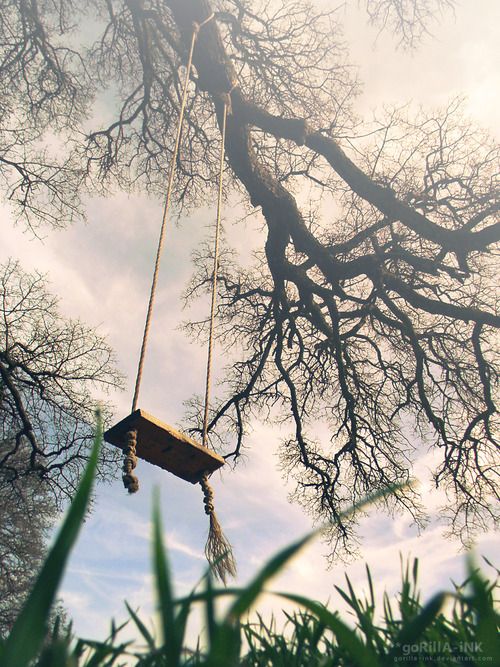 6.) What is the personal goal of the character? The goal of Ginger in the 1940s thread is to escape the drudgery of Molly (her mother’s life) and to become an independent earner. She represents women in Australia in the forties who entered the workforce with the male population away in World War II – and the impact of that transition upon the women of Ginger’s generation. In the present day thread, her goal is to reveal to Rupert’s surviving relatives the truth of what happened to Rupert and his family on the 9th November 1945.
6.) What is the personal goal of the character? The goal of Ginger in the 1940s thread is to escape the drudgery of Molly (her mother’s life) and to become an independent earner. She represents women in Australia in the forties who entered the workforce with the male population away in World War II – and the impact of that transition upon the women of Ginger’s generation. In the present day thread, her goal is to reveal to Rupert’s surviving relatives the truth of what happened to Rupert and his family on the 9th November 1945.
7.) Is there a working title for this novel, and can we read more about it? The working title and the title are one and the same – Currawong Manor.
8.) When can we expect the book to be published or when was it published? Currawong Manor was published by Pan Macmillan Australia in June 2014. 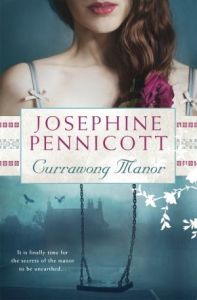 I hope you enjoyed this brief instruction to my character and now it is my turn to tag two writers. I have tagged: Kim Wilkins who also writes commercial women’s fiction novels under the pseudonym of Kimberley Freeman. Kim’s an award-winning writer in children’s, historical and speculative fiction. She has an Honours degree, a Masters degree and a PhD from The University of Queensland where she is also a senior lecturer. You can read more about Kim HERE
I hope you enjoyed this brief instruction to my character and now it is my turn to tag two writers. I have tagged: Kim Wilkins who also writes commercial women’s fiction novels under the pseudonym of Kimberley Freeman. Kim’s an award-winning writer in children’s, historical and speculative fiction. She has an Honours degree, a Masters degree and a PhD from The University of Queensland where she is also a senior lecturer. You can read more about Kim HERE 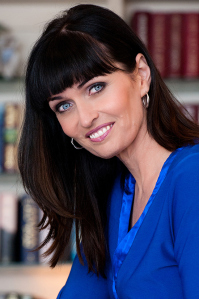 And I’ve also tagged Karen Brooks who is the author of nine books, an academic of more than twenty-years experience, a newspaper columnist and social commentator, and has appeared regularly on national TV and radio. Before turning to academia, she was an army officer for five years and prior to that, dabbled in acting. You can read more about Karen on her website HERE
And I’ve also tagged Karen Brooks who is the author of nine books, an academic of more than twenty-years experience, a newspaper columnist and social commentator, and has appeared regularly on national TV and radio. Before turning to academia, she was an army officer for five years and prior to that, dabbled in acting. You can read more about Karen on her website HERE  If these writers choose to accept their tags, you’ll be able to read about their chosen charcters on their websites the following Thursday 27th November. Love and Light, Josephine
If these writers choose to accept their tags, you’ll be able to read about their chosen charcters on their websites the following Thursday 27th November. Love and Light, Josephine
I’ve had my daughter home for a fortnight’s holidays and we’ve enjoyed a few jaunts around Sydney and into the mountains to see the Autumn leaves fall. Staying home on holidays is always a good chance to rediscover Sydney. I feel very fortunate to live in an urban inner-city area surrounded by so much bush land. We’ve enjoyed exploring islands around the harbour where we’ve escaped the crowds and enjoyed panoramic views of the cityscape amongst pine and oak trees surrounding silver-grey Sydney Harbour. Such bliss to read a good book with million dollar views to reflect upon. You can hear the echo of long-ago and lost-to-time picnics and imagine the cries of children as they explored the leafy island. I could sense the deep sigh of relief as dusk falls and the ferry arrives to collect the few tourists and the ghosts begin to dance.